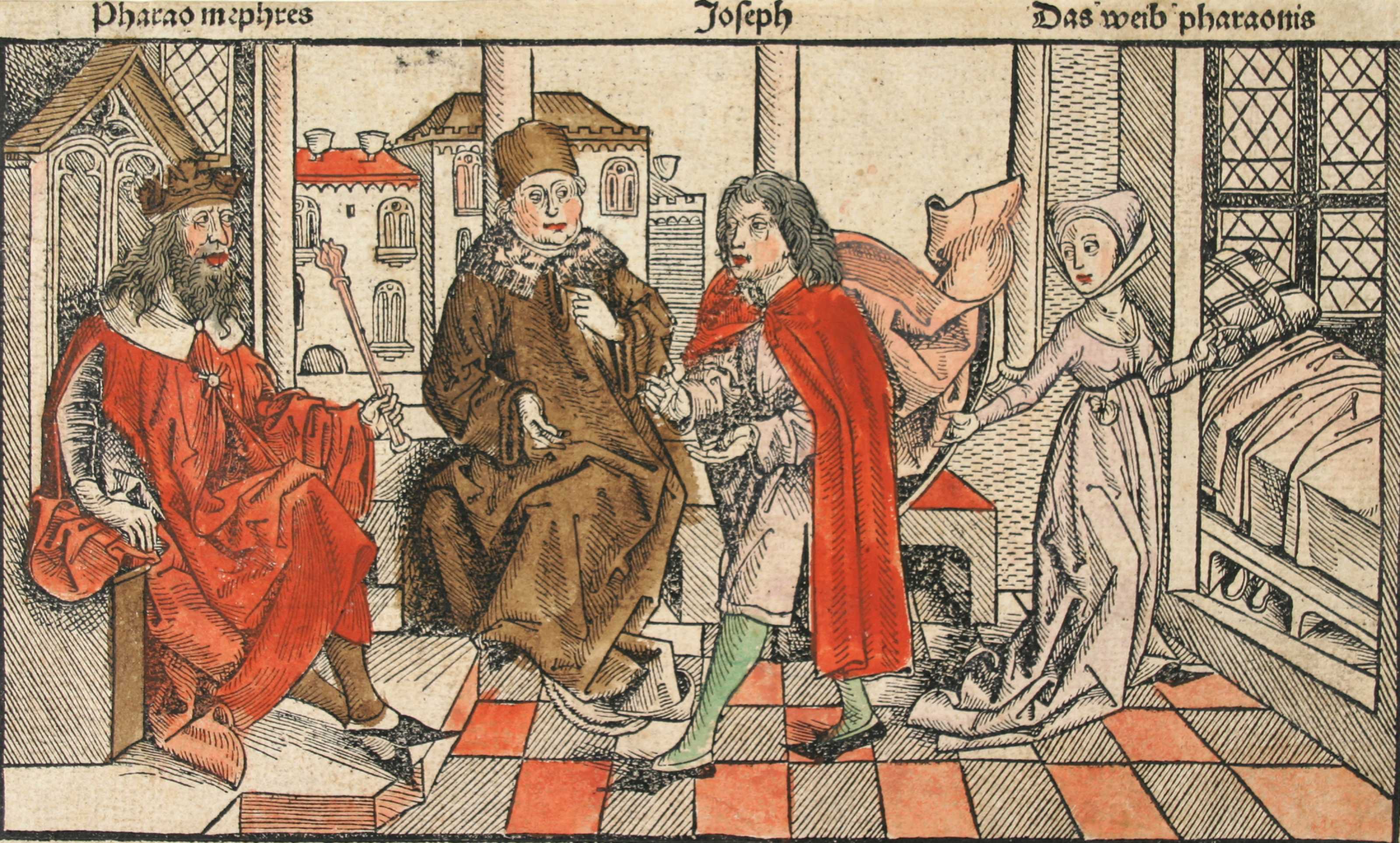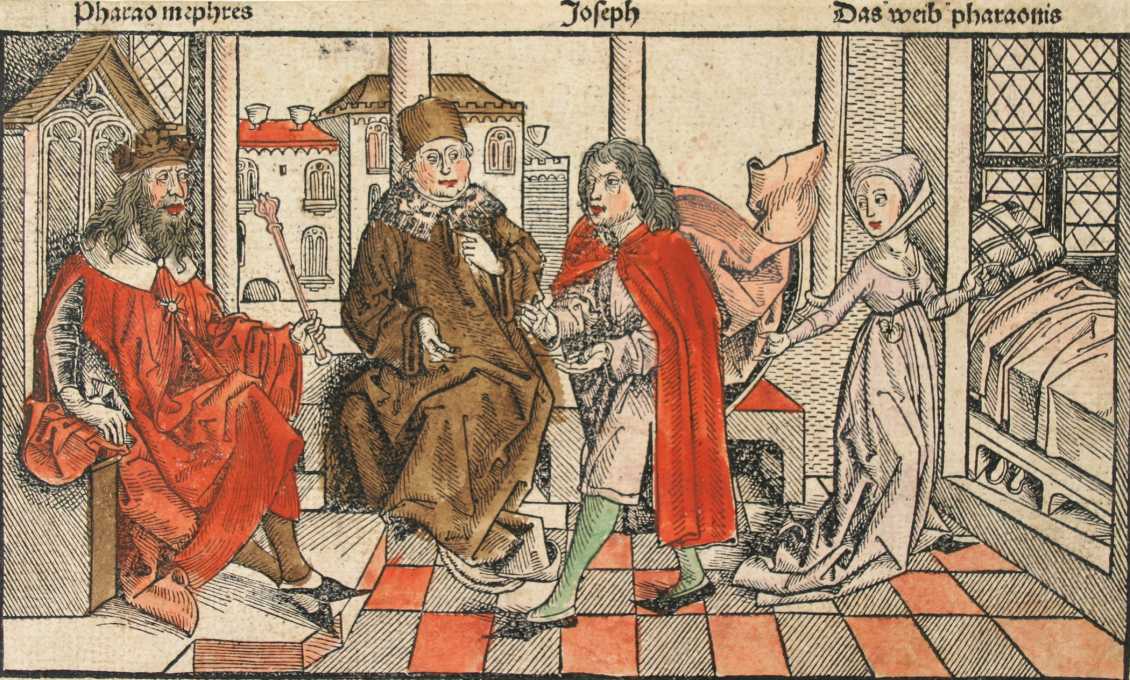Small Worlds: Five Centuries of European Prints and Drawings from the Collection

Michael Wolgemut (German, 1434–1519) Joseph Accused by Potiphar's Wife, from the Nuremberg Chronicles, about 1493–1494
Titled after Wassily Kandinsky's 1922 print series Small Worlds, this exhibition comprises about 40 European drawings and prints made over the course of five centuries by artists ranging from Dürer to Picasso, using a wide variety of media and techniques. Roughly chronological in its arrangement, the exhibition begins with soft metal cuts for illustrated bibles dating from the early 15th century, moves to works by Dürer, Rembrandt, Callot, Piranesi, Manet, and Klinger, among others, and ends in the 20th century with works by Chagall, Picasso, Kandinsky, and Klee. While the exhibition features many well-known artists, it also highlights talented, but lesser-known artists and seldom seen works from the collection. These include works about which recent research has yielded important and exciting new insights. Small Worlds underlines the frequent role of prints and drawings as microcosms of experience intended to be seen close up.

Michael Wolgemut (German, 1434-1519), Joseph Accused by Potiphar's Wife, from the Nuremberg Chronicles, about 1493–1494

Giovanni Battista Piranesi (Italian, 1720-1778), The Pier with Chains, about 1749, From the Carceri D'Invenzione (Imaginary Prisons), First state of six

Edouard Manet (French, 1832-1883), Le Guitarero (or Le Chanteur Espagnol), 1861-1862

Christopher Richard Wynne Nevinson (British, 1889-1946), From an Office Window (London Roofs), 1918


